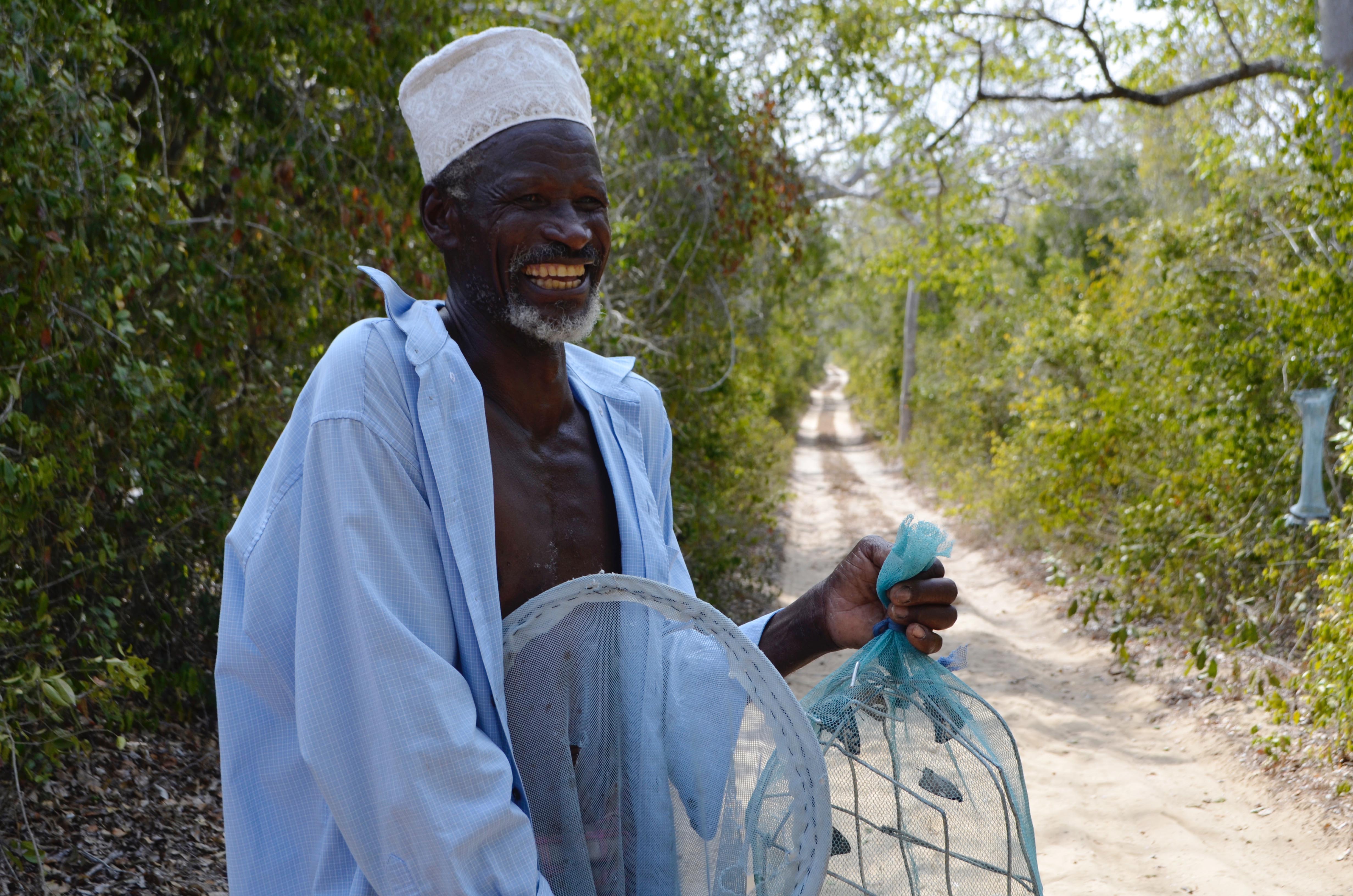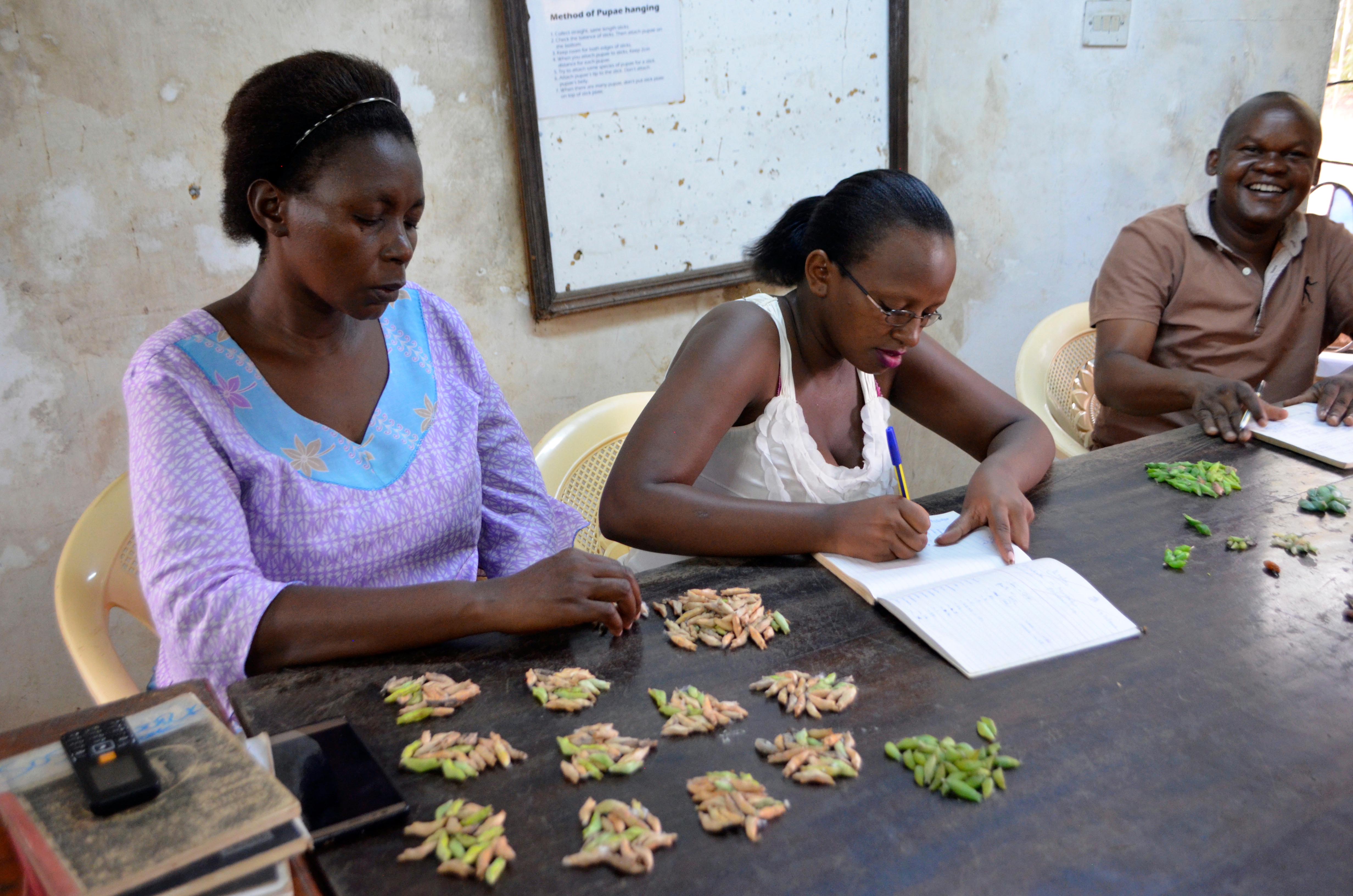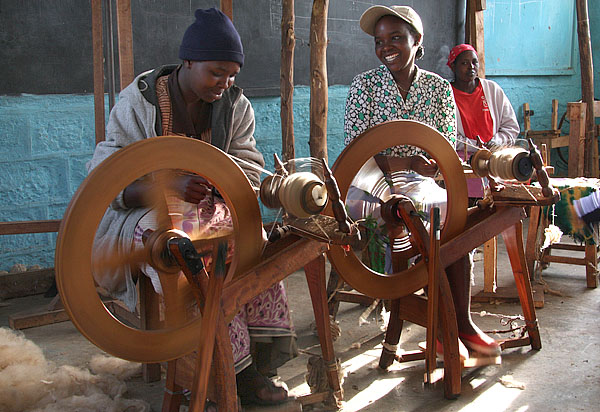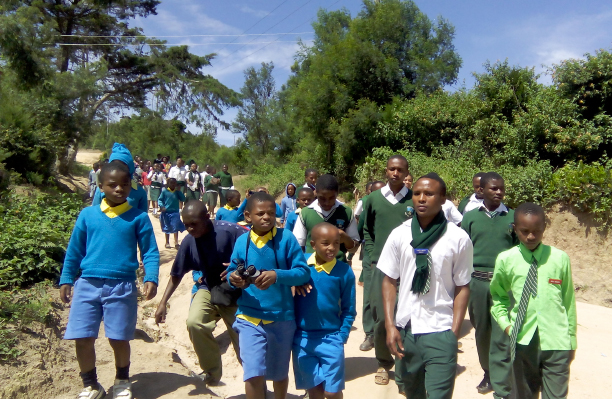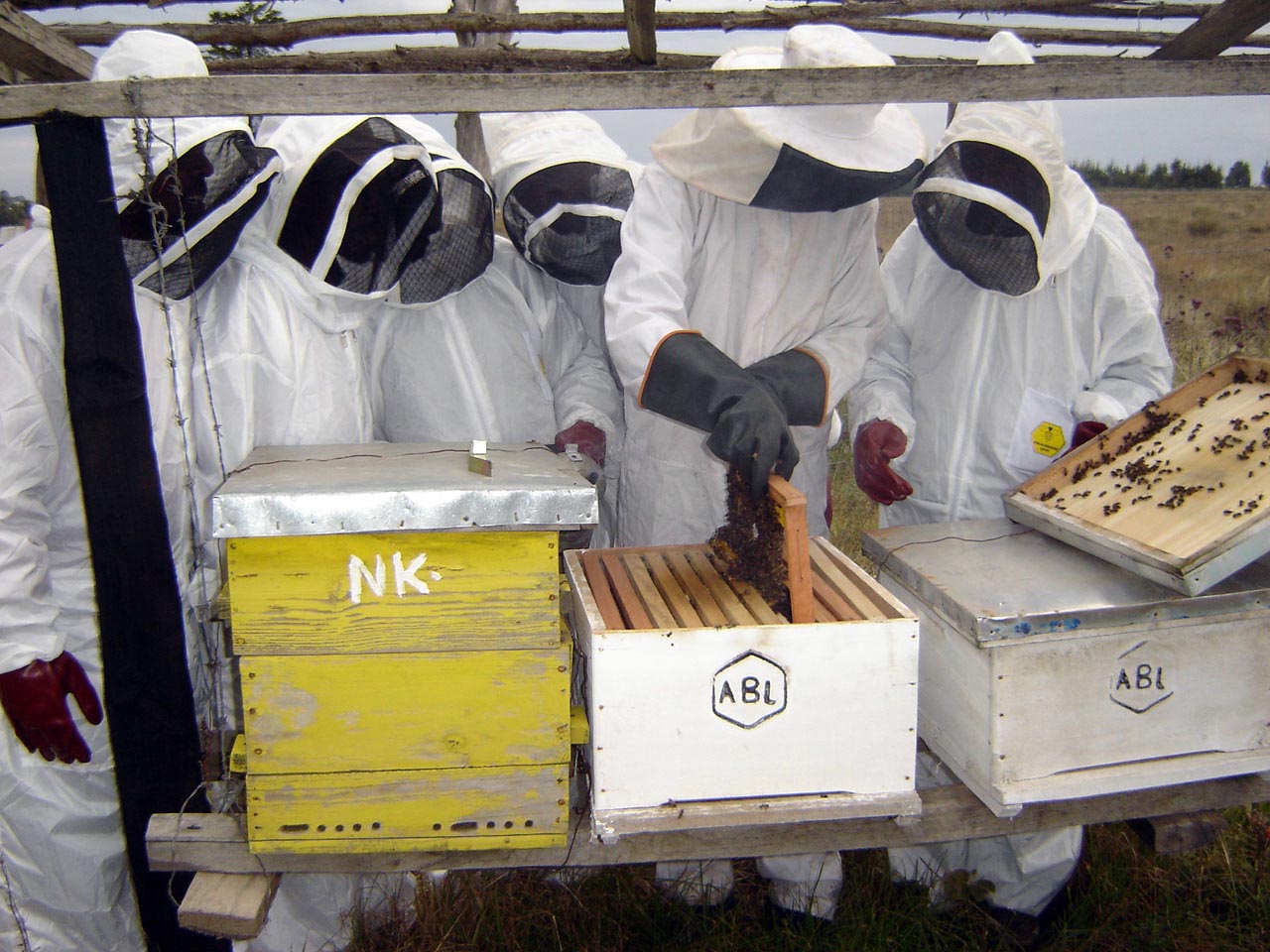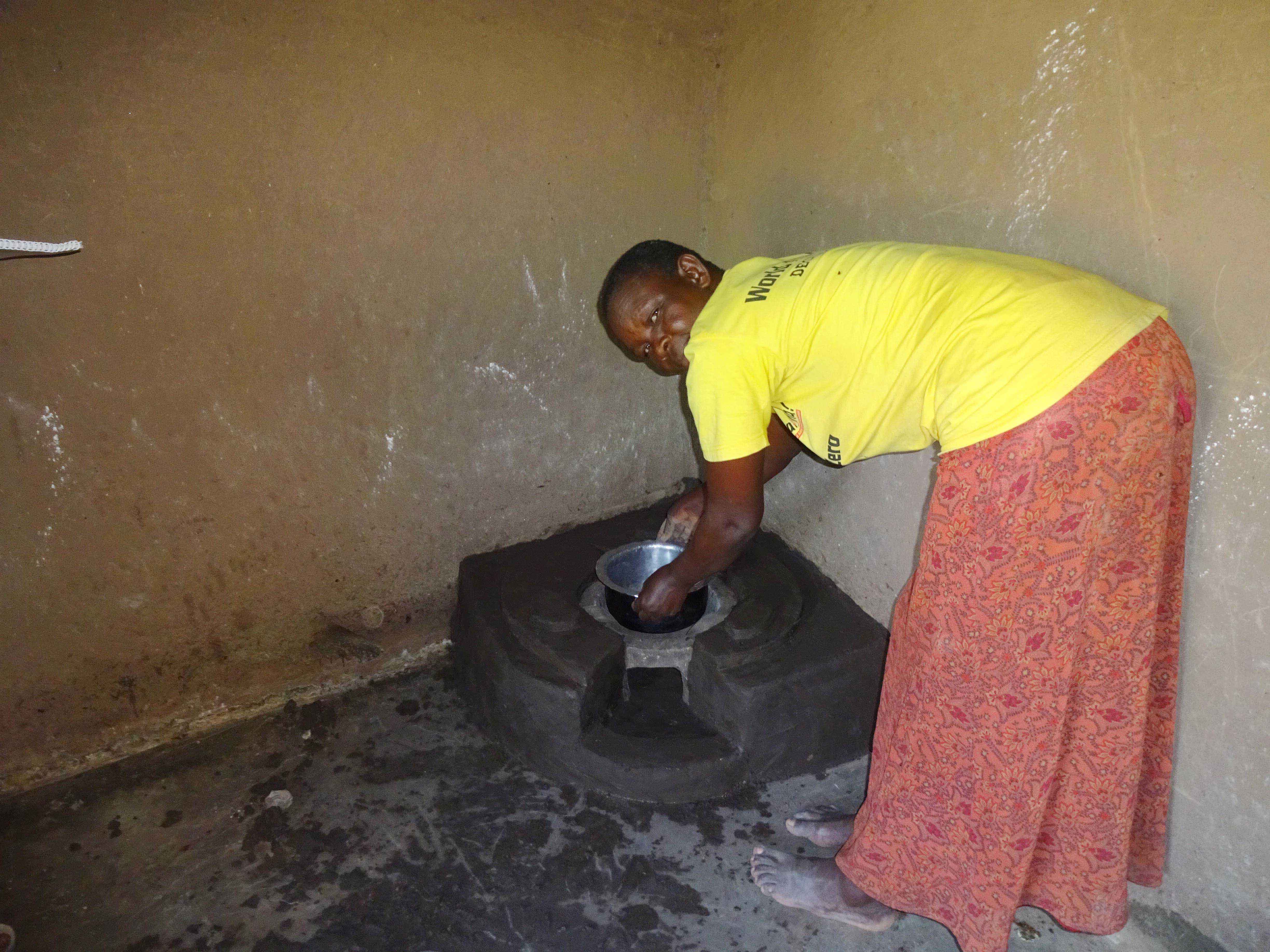Our Work
Local Action
Local Action
Conservation and human development need to be mutually reinforcing. Nature Kenya’s local empowerment work recognizes that people’s quality of life benefit from nature conservation; in many cases, their livelihoods, health and security depend on it directly.
Kenya’s protected areas were established without wide consultations with indigenous local communities. As such, protected areas are perceived by many adjacent communities to be a violation of their human rights, a source of poverty as a result of problem animals or a resource denied for community economic growth. The costs of protected areas are largely borne by neighboring communities whereas the benefits are shared locally, nationally and globally—showing lack of equity in cost and benefit sharing.
Nature Kenya is working to enhance ownership of wildlife and their habitats by implementing actions such as:
- Building grassroots capacity and networks for nature conservation
- Promoting participation and equity in natural resource management
- Mobilizing public and political support for nature
- Educating young people about nature
- Promoting and supporting effective conservation partnerships locally, nationally and internationally
Decisions that have significant environmental and social consequences are often made without the involvement of those whose interests are directly at stake. Capacity building is needed to help communities plan, prioritise nature within their needs, determine strategies to address needs and concerns in nature conservation, and for both communities and local government to partner effectively to address these needs. Human development needs, especially the eradication of poverty, are a key consideration in any conservation activity. The cultural and spiritual values of people, often linked closely to the places where they live, also must be respected and maintained.
Nature Kenya is enhancing grassroots decision-making capacities, negotiation and articulation skills, technical know-how, managerial skills, and the capacity to understand and evaluate conservation and development processes. We promote equity and especially inclusion of women and marginalised groups in conservation and development programmes. We work with Site Support Groups (see list below) as partners and avenues to influence local networks and government. Some flagship actions include the following:
- Established and strengthened Site Support Groups (SSGs) and networks at 26 sites in Kenya: We build the capacity of Site Support Groups and local communities in natural resource management. Wherever they are, SSGs are characterized by common features: they are educators of the young and old, they create awareness using international days and other opportunities, they monitor birds and site threats and they lobby and advocate to government.
- Helped local communities set up income generating activities that do not destroy the environment. The Butterfly Farming Project is an excellent example‑http://www.kipepeo.org/arabuko-sokoke-community.php The purpose of the Kipepeo project is to link conservation and development through sustainable utilisation of butterflies in support of a globally important forest. Farmers raise butterfly caterpillars on forest plants. When the caterpillars become pupae, they are bought by Kipepeo and sold to butterfly exhibits locally and abroad.
Arabuko-Sokoke Forest on Kenya’s north coast is an island of unique biodiversity in a sea of human impoverishment. Over 100,000 people live in 50 villages adjacent to the Arabuko-Sokoke forest. Most are small-scale subsistence farmers who utilize the forest for some of their livelihood requirements. The main food crops are maize, cassava and beans amid stands of cash crops of coconut and cashew nut trees. In 1993 at the start of Kipepeo the community annual per capita income was about US$ 40. Through Kipepeo-supported livelihoods, most farmers have doubled this per capita income with earnings ranging from a few dollars to over US$1,000 per year, depending on their individual efforts. Producer Associations of mainly butterfly farmers and beekeepers participate in the management of nature-based enterprises at Kipepeo. The groups are also actively involved in forest protection, advocacy and awareness creation of the benefits of the nature based enterprises. In 2012, although only 25% of forest adjacent dwellers benefited from butterfly and beekeeping initiatives, 100% of farmers said they wanted the forest protected, in anticipation of the benefits they had witnessed.
Other livelihoods initiatives include: beekeeping, trees on farm (for money, fuel wood and household construction), ecotourism and wool spinning and weaving. Honey production and tree seedlings are businesses that apply to most of the sites where Nature Kenya works. Over 2.5 million trees planted on farm have potential to earn local people Ksh 22 billion if sold as electricity poles while 8000 beehives should earn local people Ksh 96 million annually.
- Educated young people about nature
The ability of the planet to provide nature services to humanity will probably collapse if future generations are as ignorant as the present generation. Nature Kenya engages and motivates young people through education, awareness raising and involvement with nature. We increase people’s knowledge and awareness about the environment and associated challenges and develop the necessary skills and expertise to address the challenges. We foster attitudes, motivations, and commitments to make informed decisions and take responsible action. We target Site Support Groups as critical agents for children and public empowerment through eco-resource centres and other channels and collaboration with those engaged in education. Annually we reach 10,000 children through eco-resource centres.
- Addressed climate change through energy saving technologies
Over 90% of the rural population is powered by fuel wood. Energy saving stoves are also clean cook stoves as they have significant health benefits. Using less wood is a direct means of sparing the vegetation in forests, woodlands, bushlands, farmlands and protected areas. These are left to absorb carbon dioxide produced by industry and vehicles. As a result of clean cook stoves, we estimate that head loads of fuel wood has reduced significantly. We also promote fireless cookers for energy saving and time saving, especially for women.
List of Site Support Groups working with Nature Kenya
- Arabuko-Sokoke Forest Adjacent Dwellers Association (ASFADA)
- Bunyala Yala Ecosystem Site Support Group
- Busia Environment Conservation Education Programme
- Chebororwa Sekemiat Self-help Group – Cherangany
- Chyulu Hills Site Support Group
- Dakatcha Woodland Conservation Group
- Dawida Biodiversity Conservation Group (DaBiCo)
- Friends of Dunga Swamp
- Friends of Kinangop Plateau (FoKP)
- Friends of Nature Bogoria
- Ithugi Self-help Group
- Kakamega Environmental Education Programme (KEEP)
- Kanyaboli Ecosystem Site Support Group
- Kijabe Environment Volunteers Organization (KENVO)
- Lake Elementaita Ecosystem Group
- Lake Naivasha Biodiversity Conservation Group
- Maasai Mara Naitushul Community Based Organization
- Mida Creek Conservation and Awareness Group
- Mt. Kenya Biodiversity Conservation Group (Mt. Kebio)
- Mumoni Site Support Group
- Mukurwe-ini Environmental Volunteers Organization (MEVO)
- Murguiywet C.B.O
- Mutitu Site Support Group
- Nyahururu Bird Club
- Ruma Park Site Support Group
- Sabaki River Conservation Development Organization (SARICODO)
- South Nandi Biodiversity Conservation Group (SONABIC)
- Tana Delta Conservation Network
- Upper Yala Site Support Group
- Yimbo Site Support Group
Images
